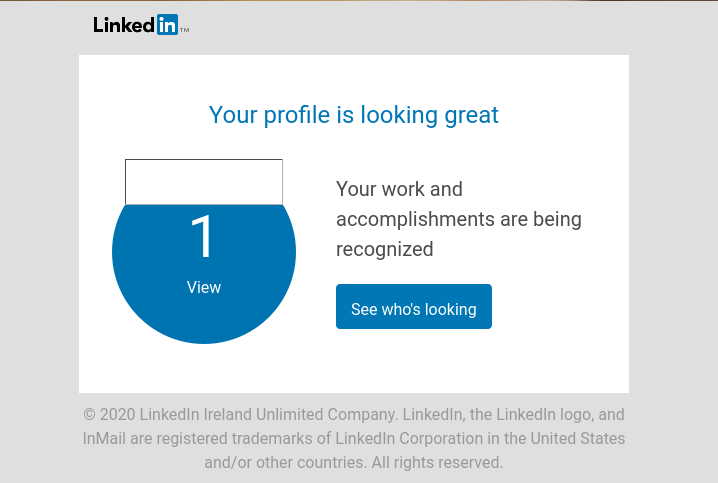WordGrinder – a distraction free open source word processor
A long time back, when I was writing a novel((sadly incomplete, long abandoned now)), I discovered WordGrinder, a console word processor that’s designed to string prose together without any distraction. In the creator’s own words:
WordGrinder is a word processor for processing words. It is not WYSIWYG. It is not point and click. It is not a desktop publisher. It is not a text editor. It does not do fonts and it barely does styles. What it does do is words. It’s designed for writing text. It gets out of your way and lets you type.
The author wrote it to have something to write novels on.
Source: http://cowlark.com/wordgrinder/index.html
In my experience WordGrinder is quite as effective as advertised. I certainly managed to grind out many more chapters using WordGrinder than using LibreOffice Writer. There’s something strangely relaxing about typing away into a black console screen without menus, toolbars, widgets, context menus and other GUI distractions. Sadly my novel remains incomplete to this day, but that’s my own fault, not WordGrinder’s.

While WordGrinder is deceptively simple to use, just below the surface tucked away in a useful menu, it does expose features like semantic markup((heading levels, lists, paragraphs and more)) and basic character styles((bold, italic and underline)). Though WordGrinder uses a native format which cannot be opened by normal text editors, you can export your document to a bunch of useful formats for further processing, formatting or printing. In a way, WordGrinder is reminiscent of old DOS-based word processors like WordStar, but with modern semantic markup to allow clean document structuring. The best part is that, there’s really no learning curve — WordGrinder’s entire feature list is accessible from the menu and can be explored within a few minutes.
WordGrinder is still actively developed — the first release was in 2007 — thirteen years ago! The latest version, 0.8, released on 13th October 2020, not only has bug fixes, but new features as well. There is also a Windows version, though the application was originally developed on Linux. For a one-man open source project, that is quite impressive.



